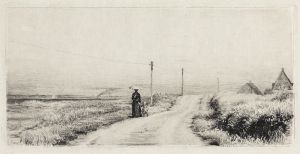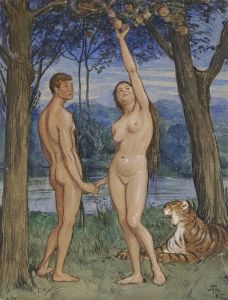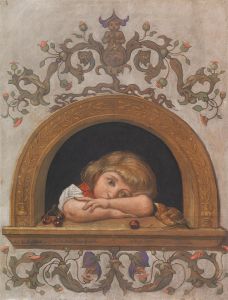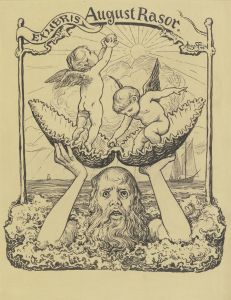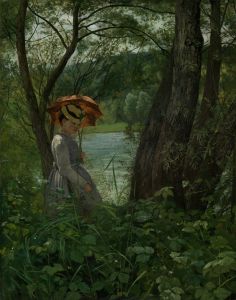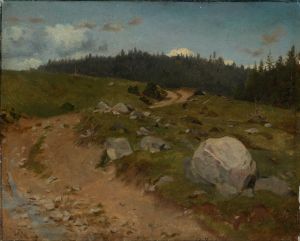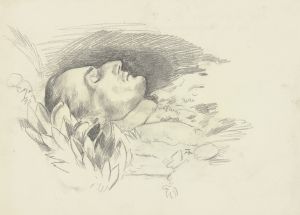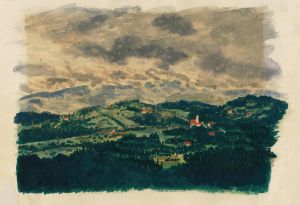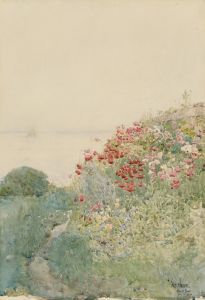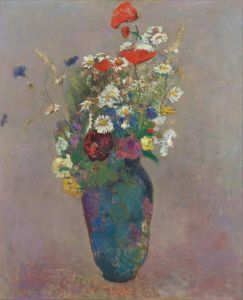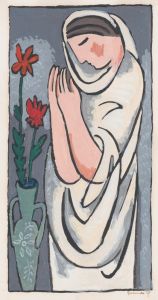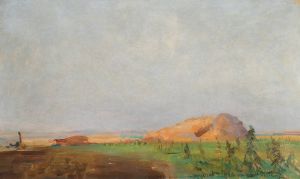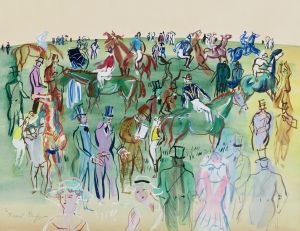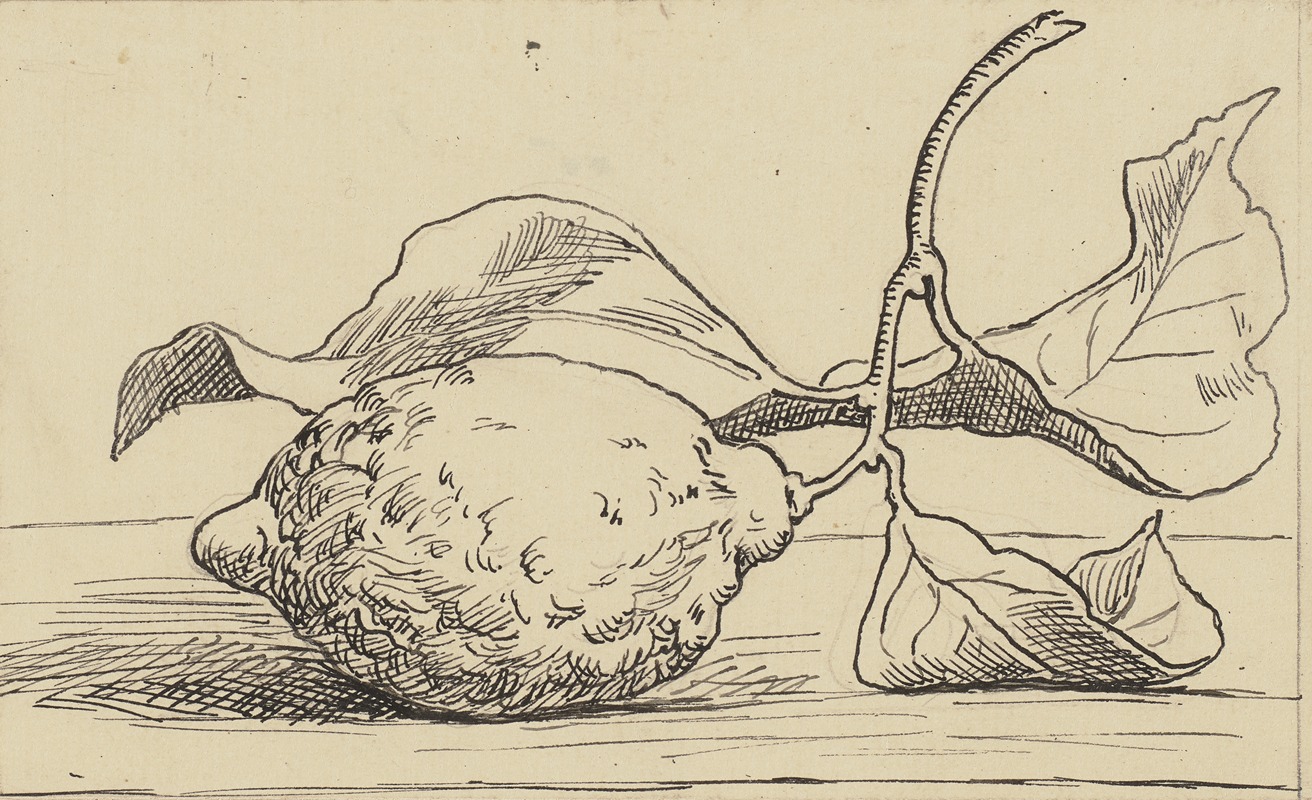
Zitrone
A hand-painted replica of Hans Thoma’s masterpiece Zitrone, meticulously crafted by professional artists to capture the true essence of the original. Each piece is created with museum-quality canvas and rare mineral pigments, carefully painted by experienced artists with delicate brushstrokes and rich, layered colors to perfectly recreate the texture of the original artwork. Unlike machine-printed reproductions, this hand-painted version brings the painting to life, infused with the artist’s emotions and skill in every stroke. Whether for personal collection or home decoration, it instantly elevates the artistic atmosphere of any space.
Hans Thoma (1839–1924) was a German painter known for his landscapes and portraits, often infused with a sense of romanticism and realism. Thoma's work is characterized by its detailed representation and often idyllic portrayal of the natural world. One of his lesser-known works is "Zitrone," which translates to "Lemon" in English. However, there is limited specific information available about this particular painting, as it is not among Thoma's most famous works.
Hans Thoma was born in Bernau in the Black Forest region of Germany, and his upbringing in this picturesque area greatly influenced his artistic style. He studied at the Karlsruhe Academy of Fine Arts and later in Düsseldorf, where he was exposed to the Düsseldorf school of painting, known for its detailed and realistic style. Thoma's work often reflects his deep connection to nature and his surroundings, a theme that is prevalent in many of his paintings.
Throughout his career, Thoma was associated with the Munich Secession, a group of artists who broke away from the traditional art institutions in Munich to form their own association. This movement was part of a broader trend across Europe where artists sought greater freedom of expression and innovation in their work. Thoma's involvement with the Munich Secession highlights his commitment to artistic independence and his desire to explore new themes and techniques.
Thoma's oeuvre includes a wide range of subjects, from mythological and religious themes to portraits and landscapes. His style is often described as a blend of realism and romanticism, with a focus on capturing the beauty and tranquility of the natural world. Thoma's paintings are known for their meticulous attention to detail and their ability to convey a sense of peace and harmony.
While "Zitrone" is not extensively documented, it can be assumed that, like many of Thoma's works, it likely reflects his interest in nature and everyday objects. Still life paintings, such as those featuring fruit, were a common subject for many artists of Thoma's time, allowing them to explore texture, color, and composition in a controlled setting.
Hans Thoma's legacy is significant in the context of German art history. He served as the director of the Karlsruhe Academy of Fine Arts later in his career, influencing a new generation of artists. His work is celebrated for its technical skill and its ability to evoke the serene beauty of the natural world.
In summary, while specific details about the painting "Zitrone" by Hans Thoma are scarce, it is representative of his broader body of work, which is characterized by a deep appreciation for nature and a commitment to realism and romanticism. Thoma remains an important figure in the history of German art, and his paintings continue to be appreciated for their beauty and craftsmanship.





